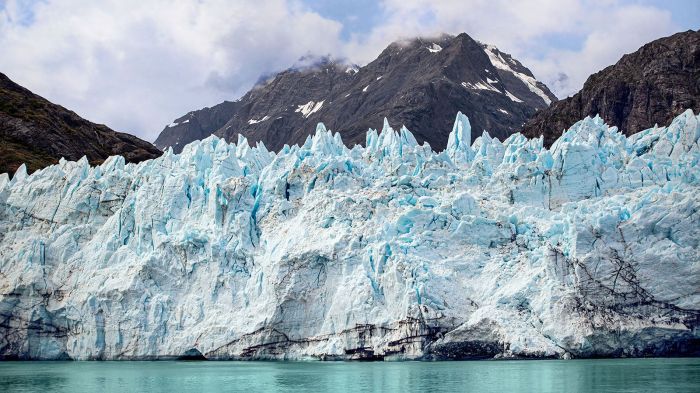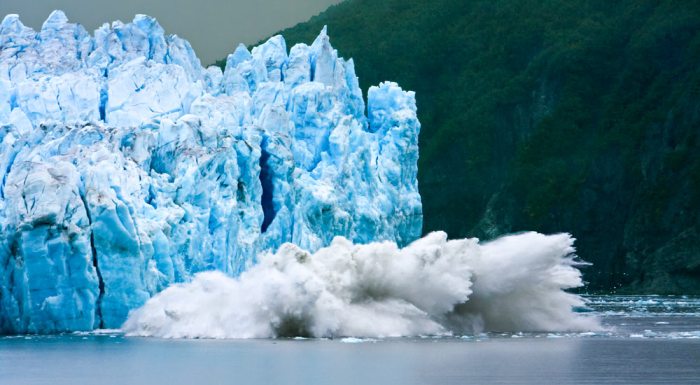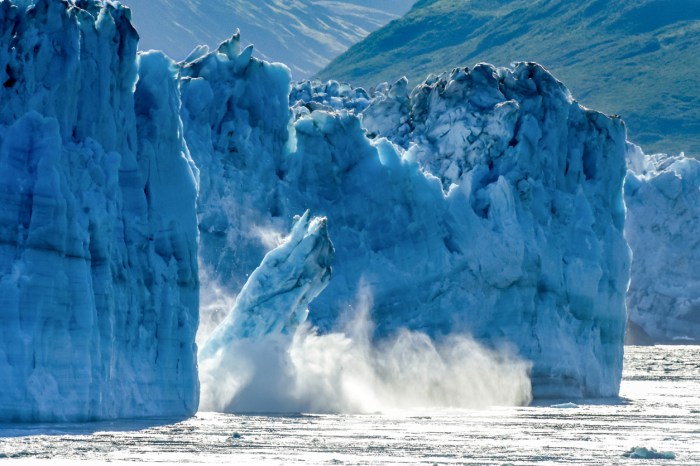Glaciers in alaska valiantly locate isolated prowlers – Glaciers in Alaska: Valiantly Locating Isolated Prowlers sets the stage for this enthralling narrative, offering readers a glimpse into a story that is rich in detail and brimming with originality from the outset. As we delve into the icy wilderness of Alaska, we will uncover the awe-inspiring grandeur of these majestic glaciers, the intrepid explorers who ventured into their depths, and the cutting-edge techniques used to locate hidden glaciers in remote regions.
Prepare to be captivated as we explore the profound impact glaciers have had on Alaska’s landscape, shaping its mountains, valleys, and fjords. We will also examine the threats facing these natural wonders and the conservation efforts underway to protect them for future generations.
Alaskan Glaciers: A Majestic Force: Glaciers In Alaska Valiantly Locate Isolated Prowlers

The Alaskan wilderness harbors a breathtaking spectacle—glaciers of colossal scale and awe-inspiring beauty. These icy giants, spanning thousands of square kilometers, have been sculpted by centuries of relentless snowfall and movement. Their sheer size and age, some exceeding a million years, stand as a testament to the power of nature.
Alaska’s glaciers play a vital role in the state’s ecosystem, providing sustenance to wildlife, regulating water flow, and shaping the landscape. Their sheer presence attracts tourists from around the globe, eager to witness their grandeur and learn about their geological significance.
Valiant Explorers: Uncovering Alaska’s Glacial Secrets
Throughout history, intrepid explorers have ventured into Alaska’s icy wilderness, driven by a thirst for knowledge and a desire to conquer the unknown. One of the most notable was John Muir, a naturalist who marveled at the beauty of Glacier Bay and played a pivotal role in its designation as a national park.
These explorers faced immense challenges, battling treacherous terrain, unpredictable weather, and the sheer vastness of the glaciers. Their discoveries, however, revolutionized our understanding of glacial dynamics and paved the way for further scientific research.
Isolating Prowlers: The Search for Hidden Glaciers
Not all glaciers in Alaska are easily accessible. Many lie hidden in remote regions, concealed by towering peaks and dense vegetation. To locate these elusive ice masses, scientists employ advanced techniques such as satellite imagery, aerial surveys, and ground-penetrating radar.
Access to these hidden glaciers is often arduous, requiring specialized equipment and experienced mountaineers. Nevertheless, successful expeditions have uncovered new glaciers, expanding our knowledge of Alaska’s icy landscape.
The Glaciers’ Impact on Alaska’s Landscape
Glaciers are powerful forces that have sculpted Alaska’s landscape over millennia. They carve out valleys, create fjords, and leave behind moraines as they advance and retreat. The sheer weight of glaciers compresses the underlying rock, forming mountains and shaping the coastline.
Glaciers also play a crucial role in Alaska’s hydrology, acting as natural reservoirs that store and release water. Their meltwater feeds rivers and streams, providing a vital source of water for wildlife and human communities.
Conservation and the Future of Alaskan Glaciers, Glaciers in alaska valiantly locate isolated prowlers
Alaska’s glaciers face threats from climate change and pollution. Rising temperatures cause glaciers to melt at an accelerated rate, altering the landscape and affecting ecosystems. Pollution from human activities, such as industrial emissions and agricultural runoff, can contaminate glacial waters.
Conservation efforts are underway to protect these natural wonders. Organizations such as the National Park Service and the Alaska Wilderness League work to monitor glaciers, advocate for their protection, and educate the public about their importance.
Preserving Alaska’s glaciers is essential for maintaining the state’s unique ecosystem and safeguarding a priceless natural heritage for future generations.
Helpful Answers
What is the significance of glaciers in Alaska’s ecosystem?
Glaciers play a crucial role in Alaska’s ecosystem, providing a vital water source, supporting diverse plant and animal life, and influencing the state’s climate.
How do scientists locate hidden glaciers in Alaska’s remote regions?
Scientists employ a range of techniques to locate hidden glaciers, including satellite imagery, radar, and airborne laser scanning, which can penetrate dense vegetation and ice.
What are the biggest challenges facing Alaska’s glaciers?
Climate change poses the most significant threat to Alaska’s glaciers, leading to accelerated melting and retreat. Other challenges include pollution, tourism, and mining activities.

